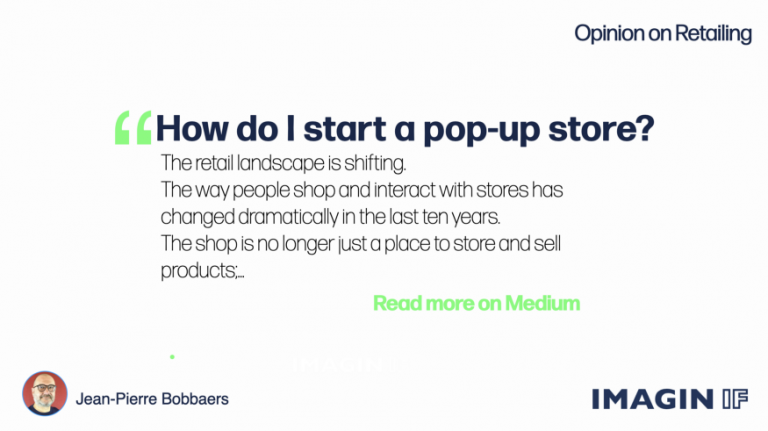The retail landscape is shifting.
The way people shop and interact with stores has changed dramatically in the last ten years.
The shop is no longer just a place to store and sell products; it’s now a place where consumers can interact with the brand physically and see the product in person. In this post, we’ll go through a few main aspects of the transition as well as an example of how to put together a pop-up shop.
The new luxury is experiences.
Your website is there for convenience, and your store is there for experience, and you’ve probably heard this a million times. A live concert, a book signing, a round table, or Burning Man are all examples of experiences.
Having a Chanel bag used to be a way of demonstrating to others that you could afford anything pricey and that you belonged to a select “tribe.” Since they are rare, exclusive, and can be shared and celebrated on social media, experiences have become the latest luxury.
Younger generations are less interested in purchasing goods as a status symbol and are more interested in sharing their experiences.
As a result, you’ll need to turn your shop into a Tomorrowland. All of the senses must be stimulated in the store. It must be built to resemble a magical location where music concerts, parties, VIP nights, classes, and other activities can be held. All of these encounters can be the most effective tool for showcasing your brand’s ideals and goods.
A store serves as a hub for brand activation.
Your store is no longer just a place where you sell products; it’s also a place where your customers can meet your brand in person and form a lasting relationship. Your store should be designed with the primary purpose of communicating the brand’s ideals and what you stand for. You should also teach your staff to express these principles as effectively as possible.
Traditionally, stores have been built around the concept of selling goods to customers. Sales points are everywhere in the modern age: they can be a webpage, an Instagram ad, a Facebook ad, a store, or even a Pop-Up shop. Instead of providing a digital experience, today’s stores have a real one.
Customers enjoy searching, exploring, and discovering; they will purchase when the time is right and with the option that is most convenient to them, which is most definitely online.
The key is to be beautiful.
For more than a century, our culture has been subject to the functionalist ideology. Beauty has been viewed as if it were an afterthought that just adds to the cost of a product while adding little to the way people use it. According to this theory, a plastic cup is as good as, if not better than, fine porcelain china. The reality is that beauty serves a purpose as well, and we need it now more than ever to improve our lives. The living world and our soul are connected by beauty.
Since this is how you affect people emotionally, you must ensure that your store is spectacularly beautiful. You must elicit emotions, make people happy, and make them feel unique from the moment they enter the store.
Make Yourself Stand Out
Your brand, like you, is special. Don’t copy anyone else’s strategy unless you can improve it significantly. Make an effort to be yourself. Your store is a representation of your brand, complete with its own set of values and aesthetic. Instead of creating their own distinct look, many retailers create spaces that resemble those of their rivals.
A few years ago, the vast majority of my clients requested that I have a particular glass chandelier in their shops. They’ve asked for the flower wall to take selfies today. I’m sure they’ll ask for something else tomorrow that they think is interesting and trendy. When planning your store, don’t fall for this; you need to find elements that no one else has because your brand is unique, and people will remember it for that. Be a leader rather than a follower.
A physical store is an extension of the virtual space consumers see on Instagram or Facebook in the digital age. Even for customers who live far away, the store can become a familiar place thanks to continuous live broadcasting through Instagram stories and internet videos shot in the space.
Since consumers have no physical contact with the people behind the company, direct-to-consumer brands are often seen as abstract entities. You can bridge this gap with the help of a shop.

